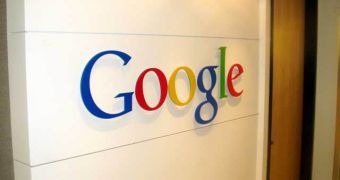Despite the long line of patents pending their granting, Google got the one for its "Customization of Content and Advertisements in Publications" mighty quickly. Suspiciously quickly, I could say, but this is not really my cup of tea: it only took the Mountain View based company approximately one year, despite the long long LONG backlog at the United States Patent and Trademark Office (USPTO).
It's not 100% sure that Google will actually use the patent, because of the previous terrible experience it has had with printed stuff or it could be years before we could see the magazine on the shelves but hey, it could be keeping it in case somebody else thinks of it and it could step in and claim copyright infringement. Not likely, though, it's not the way Google rolls.
A number of blogs picked up the whole deal and speculated that "Google may soon begin to offer users the ability to create customized, printed magazines from Internet content," as Michael Arrington of TechCrunch.com observed. And with the next quote from the patent you'll know why this isn't so far from the truth, or at least it doesn't appear to be so:
"Consumers may purchase a variety of publications in various forms, e.g., print form (e.g., newspapers, magazines, books, etc.), electronic form (e.g., electronic newspapers, electronic books ("e-Books"), electronic magazines, etc.), etc. The publishers define the content of such publications, and advertisers define which advertisements (ads) may be seen in the publications. Since consumers have no control over publication content or advertisements, they may purchase a publication that contains at least some content and advertisements that may be of no interest to them.
Publishers often lack insight into the profiles of consumers who purchase their publications, and, accordingly, miss out on subscription and advertisement revenue due to a lack of personalized content and advertisements. Likewise, consumer targeting for advertisers is limited, and there is virtually no standardization for ad sizes (e.g., an ad that is supposed to be a full page may need to be reduced in size to fit within a publication). Accordingly, advertisers sometimes purchase sub-optimal or worthless ad space in an attempt to reach their target markets. Advertisers also have difficulty identifying new prospective market segments to target because they have limited insight into the desires and reactions of consumers."
Arrington concludes that "the solution [?] is to give users the ability to search and browse their own content, and receive an electronic or hard copy version of the final product. And that final product will include advertisements highly relevant to the user." This idea is for keeps.

 14 DAY TRIAL //
14 DAY TRIAL //